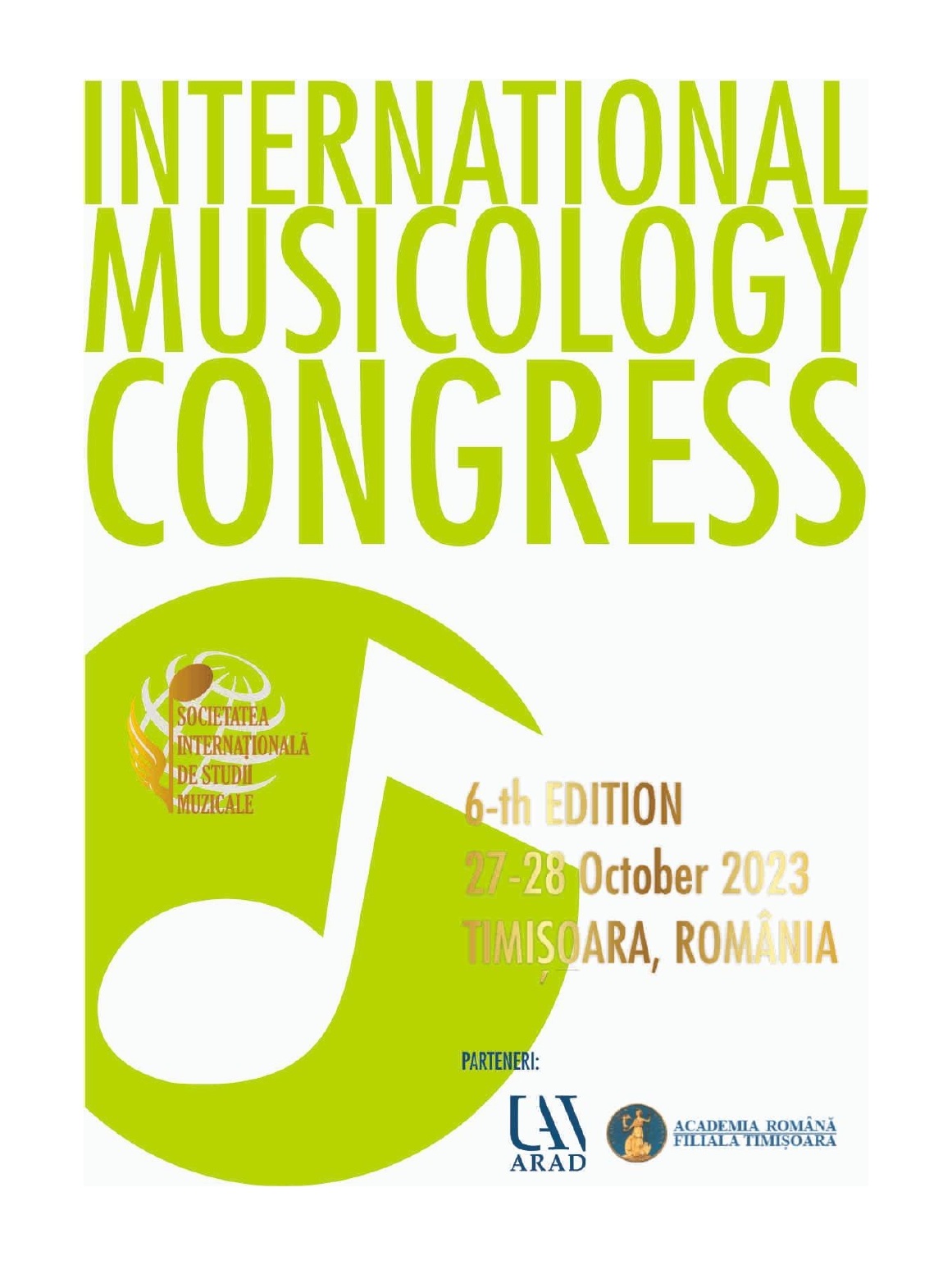THE LUTE IN WESTERN EUROPE, FROM THE EARLIEST TIMES TO THE 20TH CENTURY
THE LUTE IN WESTERN EUROPE, FROM THE EARLIEST TIMES TO THE 20TH CENTURY
Author(s): Caius HeraSubject(s): Fine Arts / Performing Arts, Music
Published by: Editura Eurostampa
Keywords: lute; arciliuto; theorba; liuto-atiorbato; Renaissance; Baroque; early music;
Summary/Abstract: The term "lute" actually refers to a family of instruments that has developed over hundreds of years in different regions of the globe. Lutes are instruments with plucked strings and exist, to this day, in different forms and different tunings. The Western lute derived, sometime in the Middle Ages, from the oud, an oriental instrument introduced (most likely) into Europe by the Moors. In the sixteenth century, the lute knows a popularity and spread, which brings it to the rank of noble instrument and thus becomes the most appreciated solo instrument, but also accompanist. In the sixteenth century, the lute had six strings and would develop by the end of the century in the direction of enriching ambitus, reaching a number of ten strings. Towards the end of the sixteenth century, but especially at the beginning of the seventeenth century, instruments derived from the lute appeared, which had extensions of the neck, to support bass strings, resonants, used to make accompaniments of voices, as well as musical instruments, used in the practice of the time. In parallel, the Renaissance lute developed further in the direction of widening the lower ambitus, reaching 13 and 14 strings, this being the point of maximum development of the lute. After this period, the lute would be replaced by the Spanish guitar, which better coped with the demands of the music of that period.
Journal: Congresul International de Muzicologie
- Issue Year: 1/2023
- Issue No: 6
- Page Range: 79 - 91
- Page Count: 13
- Language: English
- Content File-PDF

